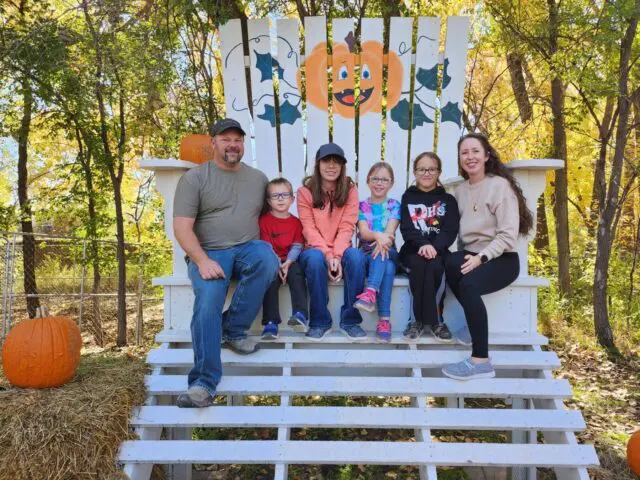In northwest North Dakota, Dustin Johnsrud, a fourth-generation farmer is cultivating a future for sustainable agriculture. Specializing in durum and spring wheat, along with other small grains like canola, peas and lentils, this no-till operation stands as a testament to modern farming practices that prioritize both efficiency and environmental stewardship.
“I’ve always believed in minimizing our impact on the land,” Johnsrud explains. “Using no-till methods helps conserve moisture, which is vital given our semi-arid climate.”

Johnsrud focuses on rotating his crops every four to five years, along with minimizing tillage. Each choice made in the fields and on his operation has a direct impact on the soil’s health, and ultimately, the success of his operation. Soil health is important to all farmers, as their livelihood comes from the land. By preserving moisture through practices such as no-till, fertilizer application and adding Kernza grass to his rotation to hold soil in place, he not only protects the bottom line of his operation, but he also ensures the crops thrive to make a harvest, which will deliver both high quality and yields.
“I grow Kernza grass, which is a perennial wheat grass that has an amazing root structure for erosion control,” he says, “It gets added to our rotation as our own conservation practice to ease soil erosion to allow more years to farm.”
Challenges posed by low annual precipitation and occasional prairie fires, Johnsrud emphasizes careful management of resources.
A one man show, with the help of his father Dennis around harvest time, means ensuring efficiency takes precedence over anything to get things done.
“Using larger equipment allows us to be more efficient, which is crucial given our climate,” he shares, “We’re very precise about our fertilizer applications. We don’t want to spend more time in a field than we need to or waste inputs on a given field that may not need it, so we can get it all done right in a timely manner.”
This attention to detail maximizes yields while being mindful of costs.
Being in such an arid climate, Johnsrud and his family notice the challenge to get extremely high yields, but do not fall short in quality.
“Due to the low moisture, we have lower yields, but we have really good opportunities to be able to raise high quality durum because it’s so susceptible to quality loss if there’s any rain at harvest,” he said, “Since we don’t get rain at harvest, usually, we’re able to harvest the durum with good quality.”
Quality in durum is looking at a number of characteristics to benefit the millers and bakers manufacturing the end use products — higher protein, strong grades, low damage, good test weights and sound kernel characteristics — all important in pasta production.
Farmers like Johnsrud are constantly looking to improve their operation to maximize both yield and quality to feed a hungry world.
Every day, Johnsrud and other farmers across the world wake up with a drive to push their operation forward. Eager to learn, Johnsrud attends seminars and dives into the newest research, exploring the latest technologies in the industry.
When he finds an advancement that aligns with his vision, he doesn’t hesitate to implement it, knowing it could enhance not just one aspect but the entirety of his operation. For him, it’s not just about wheat or durum — it’s about maximizing quality and yield across the board, turning knowledge into growth.
Beyond his farming operation, Johnsrud is actively involved with the North Dakota Wheat Commission, where he aims to connect consumers with the source of their food.
“I want people to understand the effort that goes into producing safe and sustainable products,” he states.
As a farmer, educating those who don’t wake up every morning, seven days a week, to grow food for the world is one of the most important reasons he remains committed to his livelihood. For him, it’s not just about growing crops; it’s about building a connection between his fields and the people they nourish.
“At the end of the day, my job is about producing safe food for people. That’s what drives us every single day,” he says, underscoring his passion for both farming and sharing its impact with others.
With his dedication and expertise, Johnsrud continues to ensure the durum wheat he grows meets the highest standards for consumers, with quality being their main focus.
Johnsrud hopes to inspire consumers to appreciate the journey of their food — from the fields of North Dakota to their favorite pasta dishes at home. In each bite of spaghetti or each layer of lasagna, there is a story of resilience, dedication and a commitment to farming that deserves to be celebrated.
